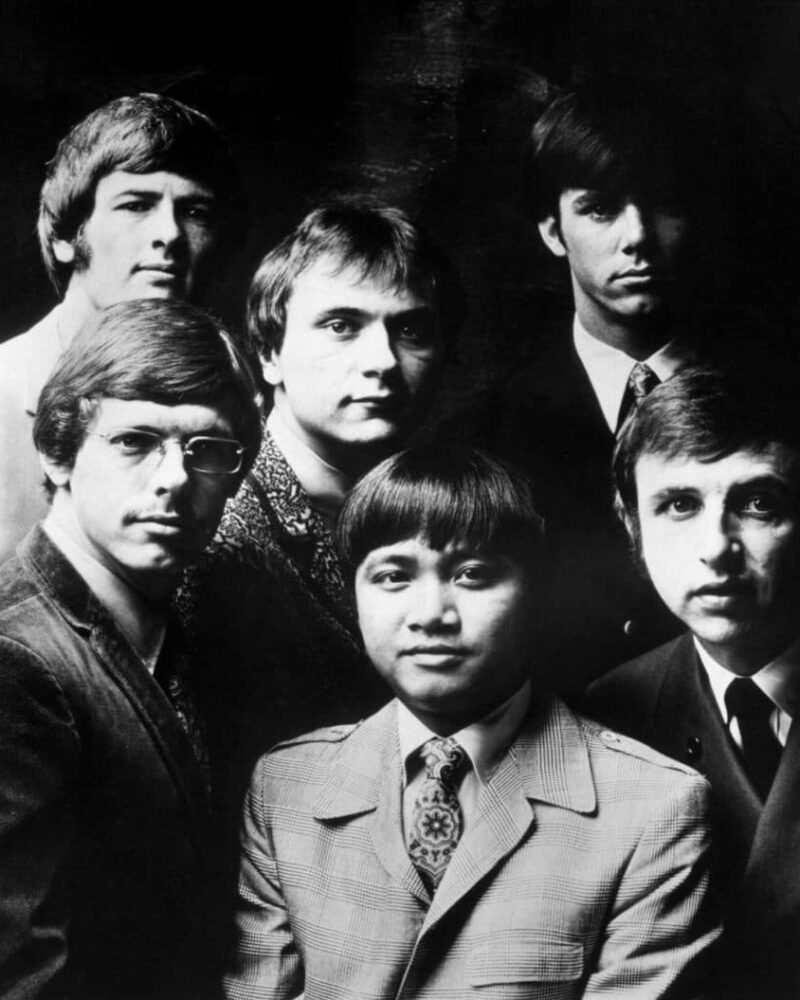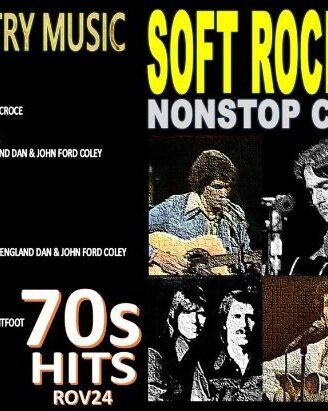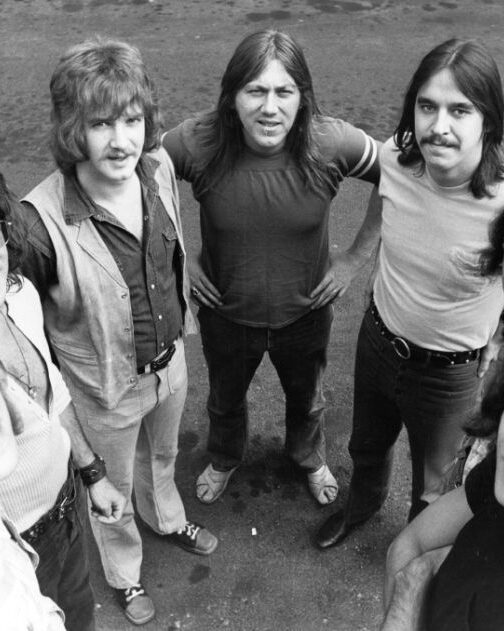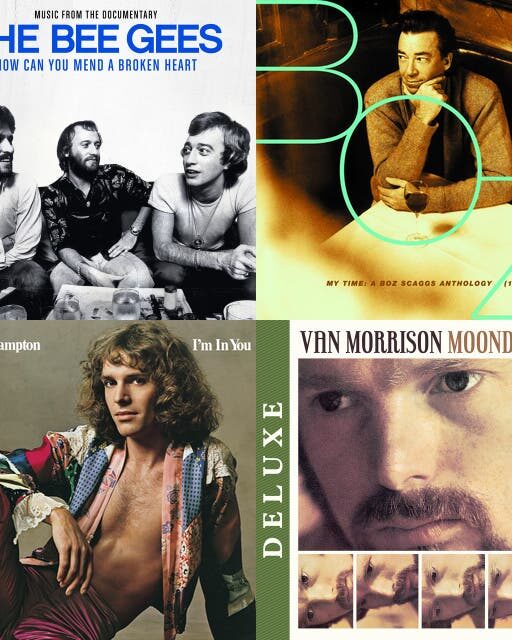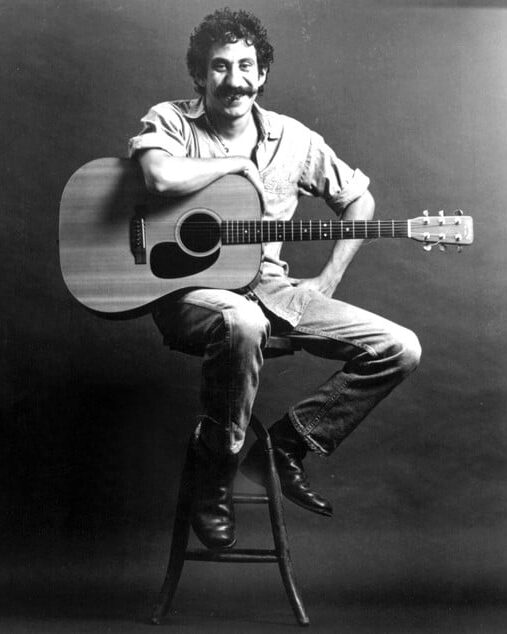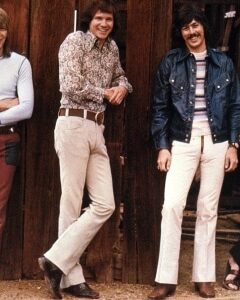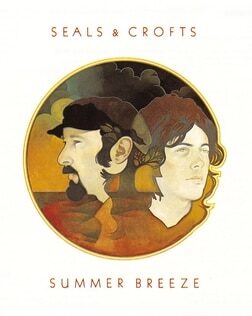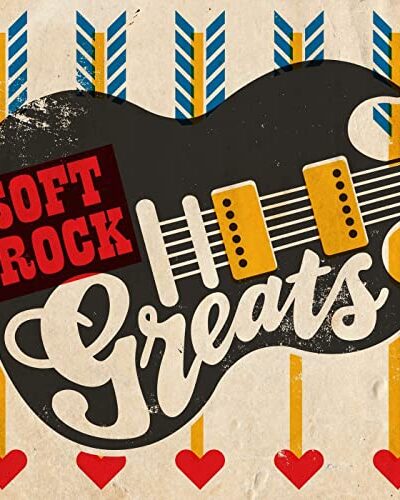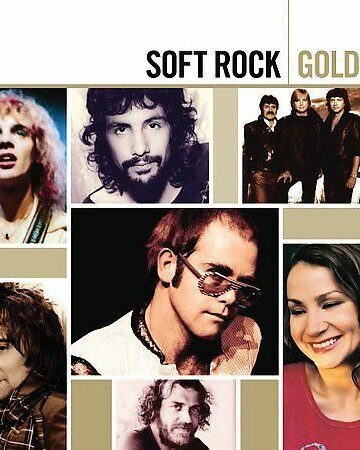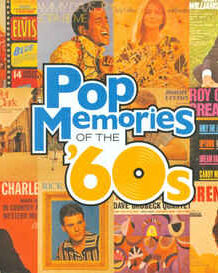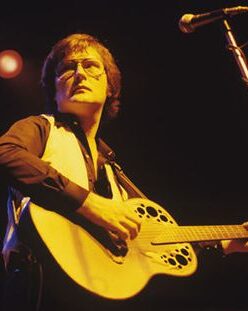Soft Rock is a form of pop rock that originated in the late 1960s in the U.S. region of Southern California and in the United Kingdom. The style smoothed over the edges of singer-songwriter and pop rock, relying on simple, melodic songs with big, lush productions. Soft rock was prevalent on the radio throughout the 1970s and eventually metamorphosed into a form of the synthesized music of adult contemporary in the 1980s.
Softer sounds in rock music could be heard in mid-1960s songs, such as “A Summer Song” by Chad & Jeremy (1964) and “Here, There and Everywhere” by the Beatles and “I Love My Dog” by Cat Stevens (both from 1966). By 1968, hard rock had been established as a mainstream genre. From the end of the 1960s, it became common to divide mainstream rock music into soft and hard rock, with both emerging as major radio formats in the US. Late 1960s soft rock artists include the Bee Gees, whose song “I Started a Joke” was a number one single in several countries; Neil Diamond with the 1969 hit “Sweet Caroline”, the Hollies with their US and UK top 10 hit “He Ain’t Heavy, He’s My Brother”, and Elton John with his popular song “Skyline Pigeon”.
By the early 1970s, softer songs by the Carpenters, Anne Murray, John Denver, Barry Manilow, and even Barbra Streisand began to be played more often on “top 40” radio and others were added to the mix on many adult contemporary stations. Major artists of that time included Bread, Carly Simon, Carole King, Cat Stevens, James Taylor,[13] Lobo and Gilbert O’Sullivan who achieved number-one hit singles between 1970–1972 with “Nothing Rhymed”, “Alone Again (Naturally)” and “Clair”. The Hot 100 and Easy Listening charts became more similar again toward the end of the 1960s and into the early and mid-1970s, when the texture of much of the music played on top 40 radio once more began to soften. The adult contemporary format began evolving into the sound that later defined it, with rock-oriented acts as Chicago, the Eagles and Elton John becoming associated with the format. The Carpenters’ hit version of “(They Long to Be) Close to You” was released in the summer of 1970, followed by Bread’s “Make It with You”, both early examples of a softer sound that was coming to dominate the charts.
The soft rock album Tapestry by Carole King, released in February 1971, became one of the best-selling albums of all time. The lead double-sided single from the album, “It’s Too Late”/”I Feel the Earth Move”, spent five weeks at number one on the Billboard Hot 100 beginning in mid-June of 1971. Los Angeles station KNX-FM, under program director Steve Marshall, introduced a “mellow rock” format in 1971.
Albert Hammond scored a major hit single with “It Never Rains in Southern California” in 1972, which went top 10 in at least six countries including Canada and the U.S. at numbers 2 and 5, respectively.
In the spring of 1972, Neil Young scored his only number one single with “Heart of Gold”, from the album Harvest. Topping the charts in both the U.S. and Canada, this soft rock ballad featured backing vocals from Linda Ronstadt and James Taylor, heard near the end of the song. In 1973, Paul McCartney and Wings had a U.S. number one with “My Love”, which also reached No. 1 on the Adult Contemporary charts of both the U.S. and Canada.
Soft rock reached its commercial peak in the mid- to late 1970s with acts such as Toto, England Dan & John Ford Coley, Air Supply, Seals and Crofts, America and the reformed Fleetwood Mac, whose Rumours (1977) was the best-selling album of the decade. In the mid- to late 1970s, prominent soft rock acts included Billy Joel, Elton John, Jefferson Starship, Chicago, Toto, Boz Scaggs, the Alessi Brothers, Michael McDonald, England Dan & John Ford Coley, Paul Davis, Seals and Crofts, Eric Carmen, the Doobie Brothers, the Alan Parsons Project, Captain & Tennille, the Hollies, Dr. Hook, America, and Fleetwood Mac. In the early 1980s, the radio format evolved into what came to be known as “adult contemporary” or “adult album alternative”.
Easy Listening is a popular music genre and radio format that was most popular during the 1950s to 1970s.[5] It is related to middle-of-the-road (MOR) music[1] and encompasses instrumental recordings of standards, hit songs, non-rock vocals and instrumental covers of selected popular rock songs. It mostly concentrates on music that pre-dates the rock and roll era, characteristically on music from the 1940s and 1950s. It was differentiated from the mostly instrumental beautiful music format by its variety of styles, including a percentage of vocals, arrangements and tempos to fit various parts of the broadcast day.
The artists of that music genre include:
- America
- Air Supply
- Bread
- Paul McCartney/Wings
- The Association
- Gerry Rafferty
- Jim Croce
- Glen Campbell
- John Denver
- Billy Joel
- Eric Clapton
- Jefferson Starship
- Seals and Crofts
- Albert Hammond
- Chicago
- Chad and Jeremy
- Christopher Cross
- Dan Fogelberg
- The Hollies
- Terry Jacks
- Kansas
- Harry Nilsson
- Bobby Darin
- Orleans
- Poco
- Todd Rundgren
- Cat Stevens
- Fleetwood Mac
- Toto
- and more.

